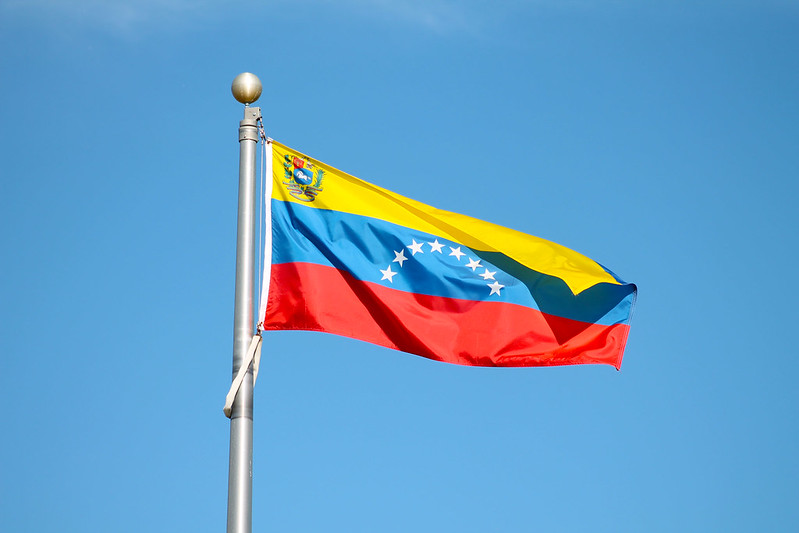Nonprofits adjust to aid in the influx of immigrants in New York City
December 11, 2022
Those working at non-profit organizations that provide services to immigrants say the influx of Venezuelan immigrants to New York City has been overwhelming.
Over 17,000 Venezuelan immigrants have been bussed to New York City from the Mexico-United States border since spring of this year. Even though New York City has a right-to-shelter law, which requires the city to find temporary shelter for anyone who is experiencing homelessness, federal laws prevent asylum-seeking immigrants from legally obtaining a job for months, forcing many of them to look beyond the city for resources.
“We have an influx of people who need social services and emergency services,” Tiburcio Segoviano, 54, said.
Segoviano works for Cabrini Immigrant Services, a non-profit located in Lower Manhattan that mainly deals with legal services for immigrants.
With the lack of coordination from the states that are sending immigrants to New York City and the already tens of thousands of people housed in shelters, the arrival of new immigrants caused the city to see the largest amount of homeless people in the city’s care ever recorded. Currently, there are over 64,000 people in shelters.
On top of that, after applying for asylum status, immigrants have to wait 150 days before they can apply to receive work authorization.
Mayor Eric Adams declared an asylum seeker state of emergency back in October to direct all efforts to city agencies that can assist with the influx of immigrants. He also asked for expedited work permits and emergency state and federal funding, as projects aimed to help the new immigrants are said to cost $1 billion.
As a member of the social service team at Cabrini, Segoviano’s job pertained to providing social services to clients who would come in for legal assistance on a need basis but with the influx of immigrants, he mainly deals with people who need social services above anything else.
“The way it has impacted us is that [it] has changed the agency a bit from legal services mainly to social services,” Segoviano said. “It has changed my work.”
Segovinano explained that trying to accommodate all the new immigrants seeking support has been unpredictable. Cabrini’s employees had to expand their services in addition to the work they already do.
“It has become more stressful of course because we have more people come in and sometimes they are families with children with babies, and sometimes it’s very difficult to just send them back,” Segoviano said.
When the influx started, Cabrini held open houses for the new immigrants but there were so many people it became overwhelming. Instead, they started giving them designated appointments to assist with their needs. Segoviano found that only 25% of clients return.
When one of Segoviano’s clients didn’t show up for their appointment, he was able to refer a family to services. The woman he helped had left her other children in the shelter she was staying at to seek out help.
When dealing with newly arrived immigrants, Cabrini employees find out the client’s individual needs and most of the time it pertains to finding employment or immigration procedures. They are looking for basic needs as well.
“They also say I need whatever you can give me,” Segoviano said about the Venezuelan immigrants. Cabrini asked their donors to donate winter clothes, hygiene products and shoes.
Cabrini also tries to provide gift cards and monthly and weekly MetroCards to individuals and families.
They educate the Venezuelan immigrants on ways to navigate the city and stay out of trouble with the police. This includes subway etiquette, like not sitting on stairs and swiping a MetroCard to enter a station.
“We know that in our countries that is what we use, and there is no problem, but this country is a little different,” Segoviano said.
Cabrini Immigrant Services also informs them about the consequences of working without a permit and how that can affect their immigration case in the future.
Seven million Venezuelans have fled their homeland in the past seven years due to drastic economic decline and political unrest, making it the second-largest external displacement crisis in the world.
More than half a million of these refugees are in the United States.
While Segoviano has worked at Cabrini for over seven years, he said he has never experienced anything like the current influx of thousands of immigrants to the city.
“It doesn’t go in an orderly way,” he said about the unpredictability of the crisis. “That sense of not bringing control of the flow of services is stressful.”
Segoviano is hopeful the crisis will improve. He believes the city has shown “leadership” when it comes to the arrival of immigrants.
“I am tired but I think things are working,” he said. “It’s not about me, it’s about the immigrants.”








B Pierce • Dec 20, 2022 at 11:51 am
Where can we donate to help these immigrants? Please, only organizations that will use the most of every dollar donated…